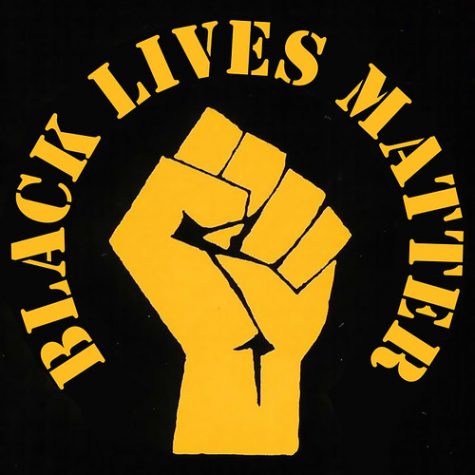Gmail to provide tech capabilities Zimbra lacks
Every week the editorial board reflects on a current issue in Our View. The position taken does not reflect the opinions of everyone on the Hilltop Views staff.
Most college students use email as their main mode of formal communication.
St. Edward’s University continues to use the ever-confusing Zimbra as its’ email server, despite the fact that most students hate it. The software is plagued with confusing user interface and paltry storage, often complicating the most simple of tasks. St. Edward’s should drop Zimbra embrace Google’s e-mail services.
By switching to Google, St. Edward’s would allow students to collaborate more. Google’s email service, Gmail, allows users to share calendars, edit documents as a group and even chat with other users. These type of services would make students’ lives easier.
Students would not have to trade cell phone numbers, instead they could chat or even video chat through Gmail.
Students would be able to collaborate on group projects completely online through Google Docs—a perk for the busy college student.
Most importantly, students would have more storage space —up to 15GB between Gmail, Google Drive and Google+ Photos.
Professors would also be able to post their classes’ schedule on Google’s calendar feature and share it with students so that they know when assignments are due.
The University of Texas switched its email system to Gmail in 2010 after students petitioned for a change, according to the Daily Texan. Students have up to 7GB of storage and access to the various apps Google offers.
St. Edward’s Zimbra users only have space for 250MBs of email.
On top of that, Zimbra’s interface is downright awful. It is cluttered and confusing. The design is not only lacking in aesthetics, but it also does not have the same ease of use as Gmail. By switching to Gmail, we will be getting a much more modern, familiar interface.
That is why our school should switch to Google products.
Google’s commitment to usability effectiveness has rendered their products practically the best suited for mass communication.
The transition to Google products may become inevitable when Google Fiber takes hold of all of Austin.
St. Edward’s should aggressively campaign for Google Fiber for the campus. The possibilities of what this could bring to students are almost endless.
One of the benefits of bring Google Fiber to St. Edward’s would be that our Internet connection problems may cease to exist.
Blackboard is useful, but it is far from being the most efficient posting hub.
It is cumbersome on the eyes; the links and layout are not the most intuitive.
Although Blackboard is meant to standardize communication for classes, the way professors use their Blackboard varies.
All Blackboard needs is a new interface on the web. Its app for iPhone and Android is wonderful. If Blackboard could apply its interface from the app to the website, it would be a vast improvement.
The technical effectiveness of Google products are not an appeal to trendiness, but a collective endeavor to evolve. They are good products and that is why our school should have them.
But for now, the school needs to transition from Zimbra to Gmail.
If they do not do it willingly, then students should petition for a change.







![According to a 1993 archive from Congressional Quarterly Almanac, “[Judge] Ginsburg was known as a restrained and fair-minded judge who did her homework and then some.” She was “considered moderate to conservative on criminal issues and business law,” relatively progressive “on issues such as free speech, religious freedom and separation of church and states,” and more liberal on “civil rights and access to the courts.”](https://www.hilltopviewsonline.com/wp-content/uploads/2020/10/VP-4RBG_CC-by-WFULawSchool-475x317.jpg)
